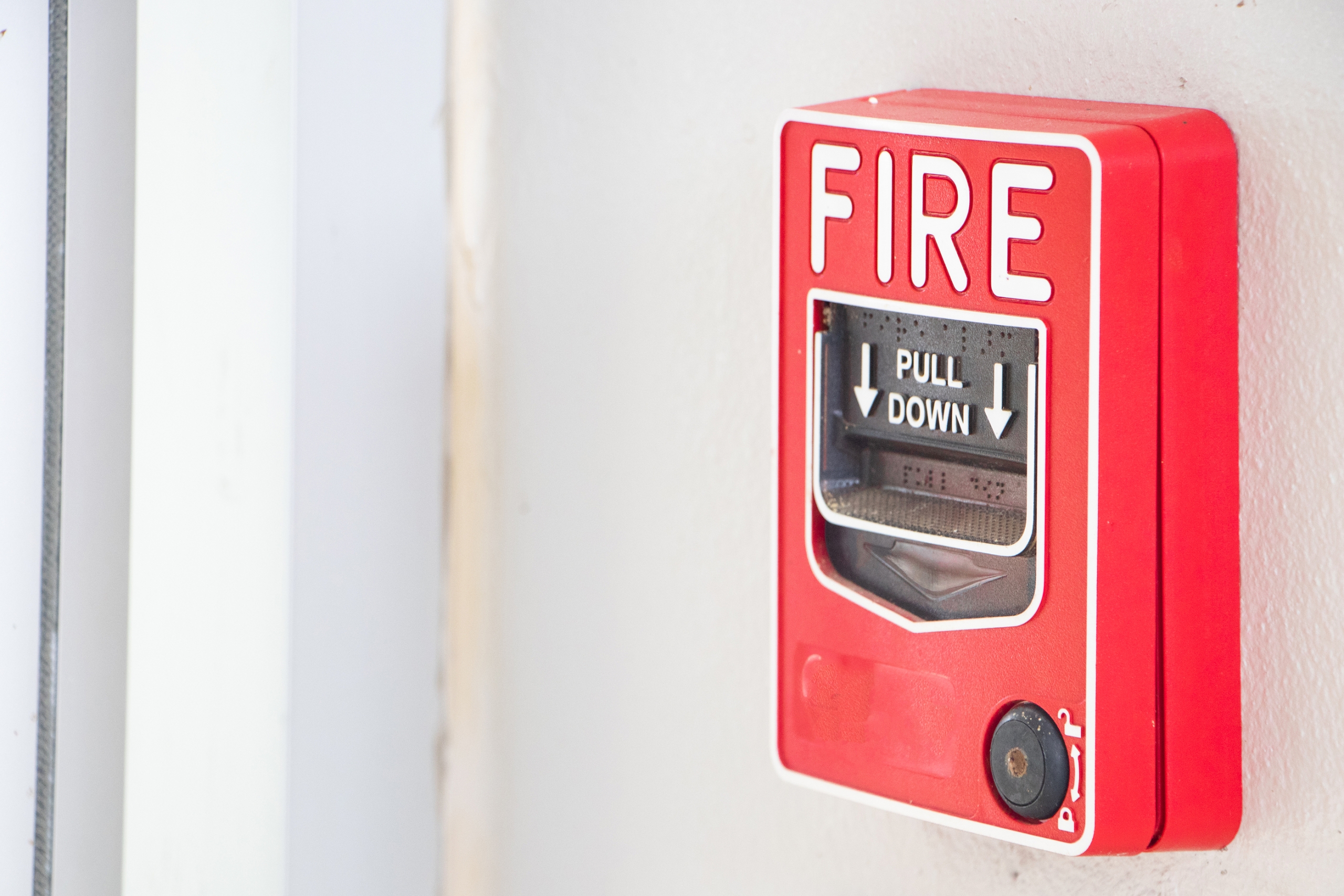.One of the most common life safety equipment is a smoke detector. Businesses and residences are needed fire codes for installation. But if you’ve ever had a stupid decision in your home kitchen, you’ve probably seen the “alarm” side of “fire alarm device.” The purpose of the smoke detector is very clear but still, the proper utilization is not so simple. The smoke detector needs the right design, installation, and routine service for getting the required results early detection and maximum protection against devastating fire. So after knowing the importance of fire alarm systems you should search the web for UK fire alarm rules and regulations because certain laws should be noted.
A Quick Overview of Fire Alarm Systems

Since Francis Robbins Upton, a Thomas Edison collaborator, developed the first automated alarm system in 1890, alarm systems have come a long way. In England, George Andrew Darby invented the first heat and smoke detection devices twelve years later, and battery-powered smoke alarms were first used in 1965. Building rules have required the installation and usage of battery-powered smoke alarms since the 1980s.
What Are the Functions of Fire Alarm Systems?
The main goal of a fire alarm system is to detect fires and rapidly inform both building inhabitants and emergency personnel from a centrally controlled and monitored location. These systems also keep track of themselves, locating and identifying the source of warnings and detecting faults with connections and wiring that might prevent the system from functioning correctly. Fire detection systems essentially serve four purposes.
- Detection
- Alerts
- Monitoring
- Controlling
A fire alarm system might be one of three types
- A traditional fire alarm system
- Fire Alarm with Addressable Number
- Wireless Fire Detection
While the sort of fire alarm you require will be determined by what is ‘suitable’ for your business, the category of fire alarm you require will be indicated in your fire risk assessment.
- Splits your property into large zones with a traditional fire alarm.
- The fire alarm panel indicates the zone, but not the particular region, in the case of an alert.
- Best for smaller or lower-risk situations.
- If one of the devices activates, the fire alarm panel shows you exactly where the problem is.
- Most ideal for bigger or higher risk locations – e.g. schools, care homes, hospitals.
Wireless Fire Alarm
- Employs secure wireless communication between the sensors and the fire alarm panel.
- Normally functions the same as an addressable system, but without the wires.
The detector of Optical Smoke
Optical detectors can detect visible smoke created by items that smoulder or burn slowly, such as soft furniture, plastic foam, and other materials. Because they come with a variety of sensitivity levels, these detectors are especially well suit to typical applications.
Optical and Heat Detector in One
The combination optical and heat multi-sensor detector is suited for a range of applications, including light industrial, retail, and office spaces, since it can detect a wide range of flames, from smouldering to burning forms. It may be set to function in a variety of acceptable modes and sensitivities to meet various environmental situations.
Detectors of ionisation
Ionisation detectors are more sensitive to clean-burning flames than optical detectors, despite their rarity nowadays. They are appropriate for clean-burning fires such as fuel, methylated spirits, or paint thinners since they are more sensitive to this sort of fire than optical detectors.
Detector for CO and Heat
A CO/heat detector that works together gives you an early warning of smouldering fires. The CO fire detector is ideally suit to many situations where heat detection is insufficient but smoke detection generates false alarms, making it ideal for sleeping dangers. CO fire detectors may be place more freely than smoke fire detectors since CO moves more freely than smoke. This function is especially beneficial in big, complicated constructions like atria and warehouses, where smoke detector placement is challenging.
Detector for smoke, heat, and carbon monoxide
When the environmental circumstances are difficult, the multi-sensor smoke, heat, and CO detector are ideal. It properly determines the presence of fire by combining the three sensor components. Its ability to reject false alerts makes it an excellent choice for hotel rooms. Where steam from restrooms is a major source of false alarms.
What kinds of detectors are there?
The detector of Heat – Rate of Rising
Temperature rate of increase detectors detects unusually high rates of temperature rise. They can be utilise in places like kitchens, locker rooms, canteens, garages, and loading bays where smoke sensors aren’t acceptable owing to environmental conditions (smoke, dust, etc.).
Fixed Temperature Heat Detector
Temperature detectors that are fix detect very high (static) temperatures. They’re suit for usage in spaces where environmental conditions might impact the use of smoke detectors, such as kitchens, locker rooms, canteens, and so on, just like the rate of rising detectors.
Smoke detector with a beam
The beam detector, which is developed for usage in high-ceilinged structures like warehouses & atria, stretches a beam from one side to the other (up to 100 metres apart) to identify smoke at upper ranks.
Conclusion
Smoke and fire alarm systems are compulsory nowadays since now fire accidents are frequent and more common in today’s world. When somebody decides to purchase a fire alarm system. They should first collect specific information about that specific fire alarm system.


